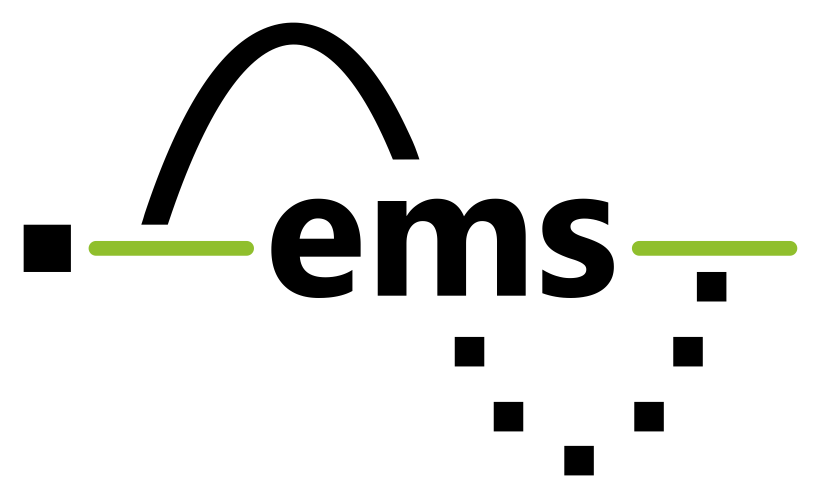Class L Opitmized Battery Systems Considering Efficiency, Safety and Sustainability
Driven by political decisions such as the European Green Deal, which is essential for more sustainable mobility, manufacturers are obliged to electrify the powertrains of their vehicles.
In 2021, a total of 48 006 M1 class e-vehicles (BEV, PHEV, FCEV) and 3 765 class L e-vehicles (motorcycles, trikes, quadricycles) were newly registered in Austria with a strong upward trend.
Due to the rapid development of battery technologies the energy density of batteries is constantly improving. In addition to widespread range anxiety, many people are sceptical of both safety and sustainability. Battery packs for offroad motorcycles will even experience higher misuse loads, which are not demanded by current regulations or standards.
It is a challenging task to dimension a battery system to achieve maximum efficiency and safety. Because of a limited availability of resources and fulfilment of the European Green Deal sustainability must be focused as well. New sustainability approaches need to be developed and optimization approaches regarding efficiency, safety and sustainability of battery packs should complement the state-of-the-art development process.
For this purpose, new simulation and measurement methods need to be developed which enable a multi-disciplinary assessment for class L battery systems (CLBS) considering efficiency, safety, and sustainability in future.
The project LiONESS addresses this demand with multi-physic analysis and optimization of CLBS considering all 3 mentioned aspects. In the case of the sustainability, the focus is on the definition of end of 1st life, 2nd life usage concepts, recycling, and life cycle analysis (LCA).
The derived goals are:
- Multi-physic simulation methodology extension CLBS.
- New innovative characterization and validation methods for CLBS.
- Sustainability concepts for CLBS.
- Recycling for CLBS and improvement of the recycling efficiency.
The following main results are derived from the project goals:
- Combined multi-physic model for CLBS including new thermal runaway and thermal management coupled model and mechanical model for mechanical paths evaluation.
- Characterization of venting behaviour and particle emission of CLBS including vent gas velocity measurement.
- Contact free ultrasonic testing system to automated testing of the state of health of such batterie cells for the assessment of used cells for 2nd life application.
- Parameterized LCA model for CLBS.
- New recycling process for CLBS with increased recycling safety and recycling efficiency.
- 2nd life usage scenario concepts for CLBS.
- New optimized CLBS concepts through extended combined analysis (efficiency, safety, and sustainability) including demonstration and evaluation.
LiONESS makes it possible to extend the existing multi-physic approach to CLBS and enables the additional consideration of sustainability in the development process. The project's findings and developments will strengthen the competitiveness of industries reliant on battery technology and will help greatly to achieve the European Green Deal.
